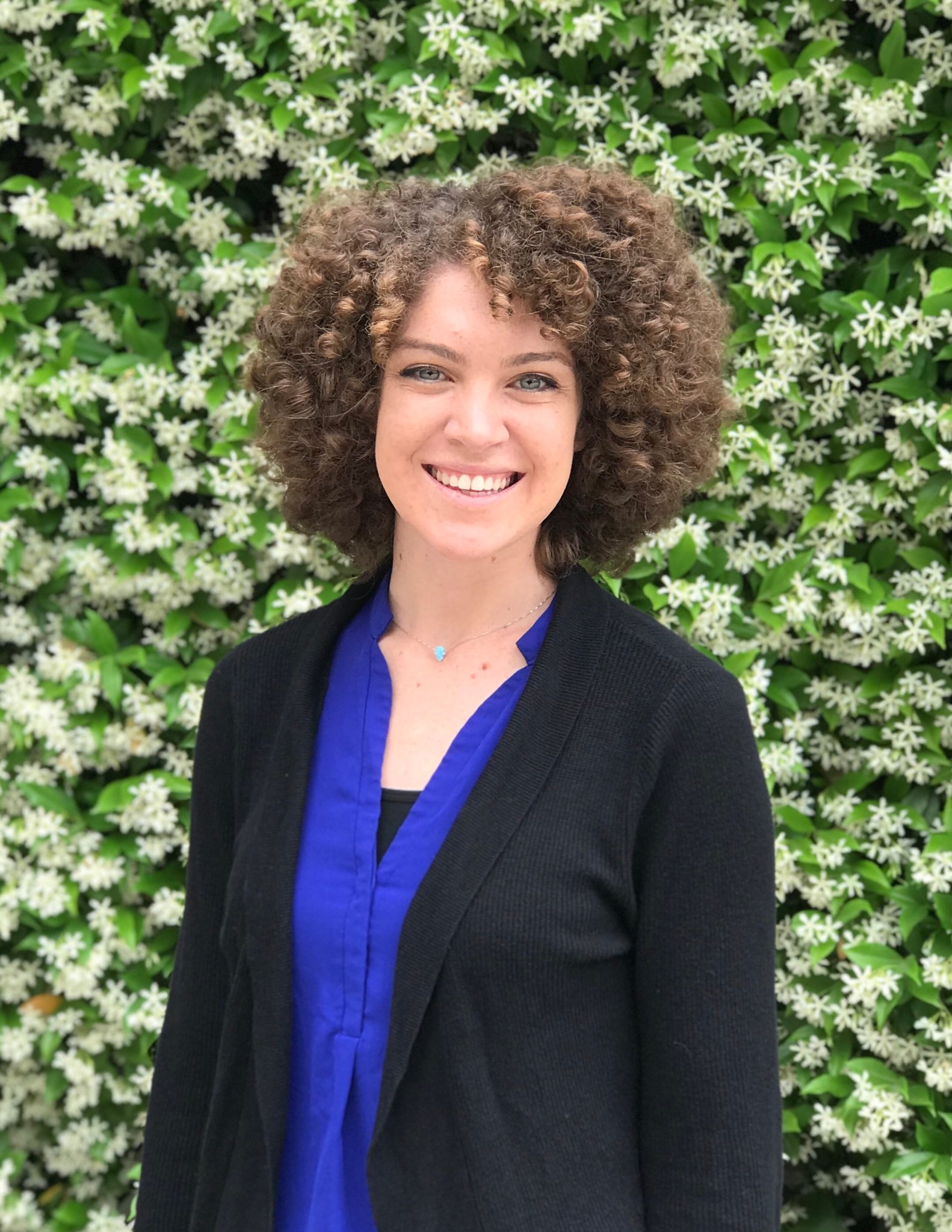Katherine Acord
University of California, Irvine
Lithium-ion batteries utilizing flammable organic solvents are not suitable for deep space and human space exploration missions. Although, solid-state batteries offer enhanced safety and reliability, insufficient ionic conductivity within solid-state electrolytes inhibits viable use. This proposed space technology research aims to develop a simulation tool to predict the evolution of hierarchical nanostructuring in glass-ceramic to significantly enhance ionic conductivity of solid-state electrolytes for lithium-ion batteries. The experimental formation of nano-crystalline phases from a glassy, amorphous matrix is controlled in situ using the laser additive manufacturing (AM) technique, directed energy deposition (DED). This research addresses challenges described in TABS 10.1.1.10 “Nanomaterials Modeling and Simulation” (currently at TRL 3), as well as addresses aspects of TA 3.2.1.2, TA 3.4.3, TA 10.2.1, TA 12.1.1.2, TA 12.4.4, and TA 12.1.5.3. Development of hierarchical glass-ceramics provides the first step towards the rapid fabrication of scalable solid-state batteries with novel architectures designed by NASA engineers to meet mission requirements.
The goal of this study is to enable the formation of highly conductive (>1E-3 S/cm) multilayer solid-electrolytes. The lithium aluminum titanium phosphate (LATP) material system is proposed for experimental development of the simulation tool. Nano-structural features, such as the volume fraction of crystals, grain size, and crystallite spatial distribution, will be tuned to enhance conductivity. Modeling of the structural evolution of glass-ceramics during DED processing will enable optimization of ionic transport. This research aims to advance the technology readiness level of low-flammability solid-state electrolytes from TRL 2 to TRL 5 through the development of a simulation tool to inform processing of hierarchical LATP glass-ceramics.
The first aim of this research is to synthesize hierarchical glass-ceramics with nanostructured features using the DED technique, Laser Engineered Net Shaping. The second objective is to characterize the ionic conductivity and abuse tolerance of the additively manufactured glass-ceramic solid-state electrolytes to validate durability against the harsh environments expected during spaceflight missions. The third aim is to model and simulate the development of nano-structural features using multi-physics kinetic thermodynamic modeling to inform electrochemical simulations and enhance ion transport properties through optimization of as deposited LATP structures. The development of an AM simulation tool will elucidate alternative glass-ceramic material systems suitable for hierarchical development to further enhance conductivity, safety, and the lifetime of solid-state batteries.
Developing functional ceramic materials using AM techniques is not only enhancing but enabling for many highly sought after space technology research areas. However, the limited amount of modeling available to predict and elucidate the reliability of as fabricated parts limit the utilization of this versatile tool for mission-critical components. As such, additional work is required to experimentally develop ceramic materials that benefit from AM processing to enable multi-material structures, complex geometry battery designs, and multifunctional structures. This space technology research seeks to develop a tool for enhancing ion transport properties of functional glass-ceramic materials as a result of AM processing through modeling and simulation efforts informed by experimental research.



























